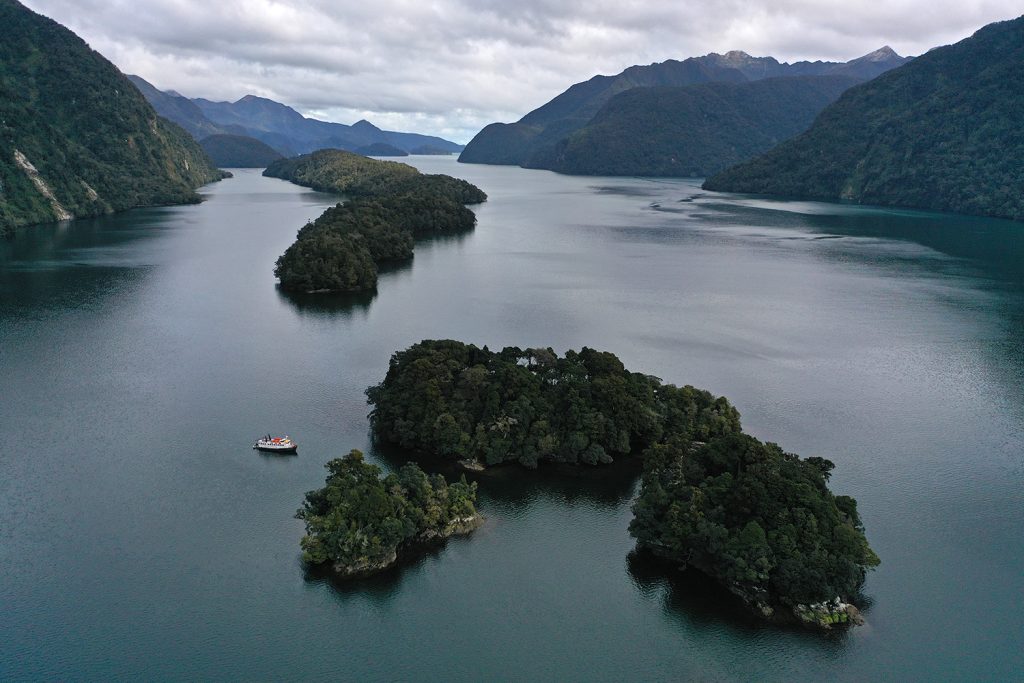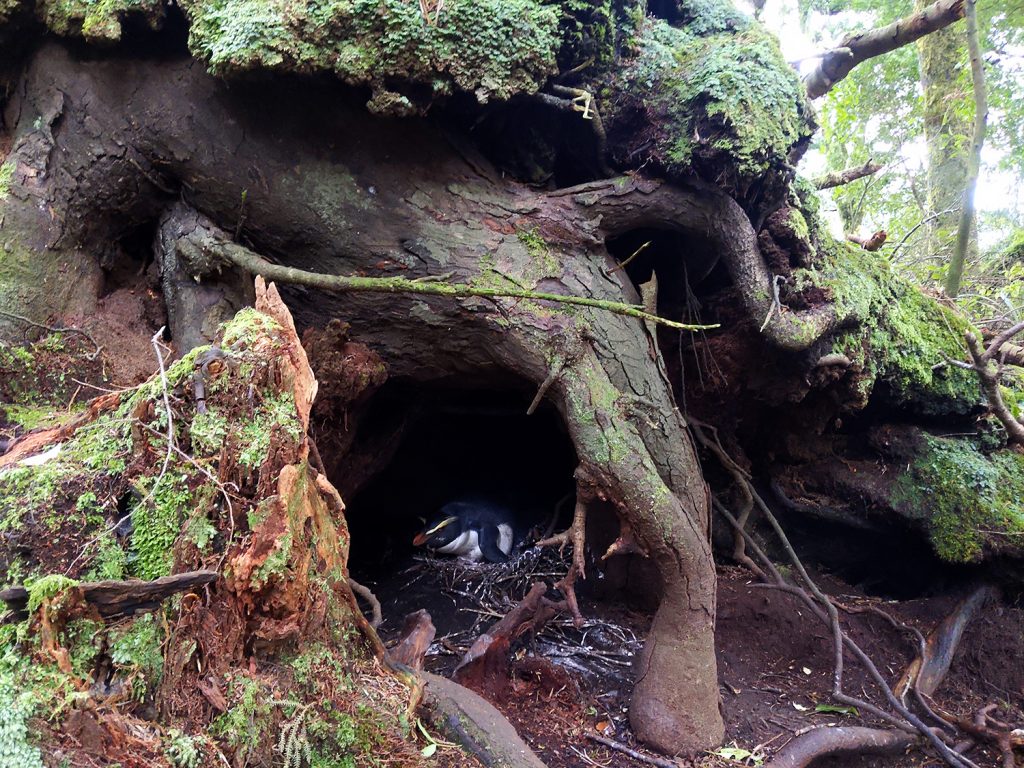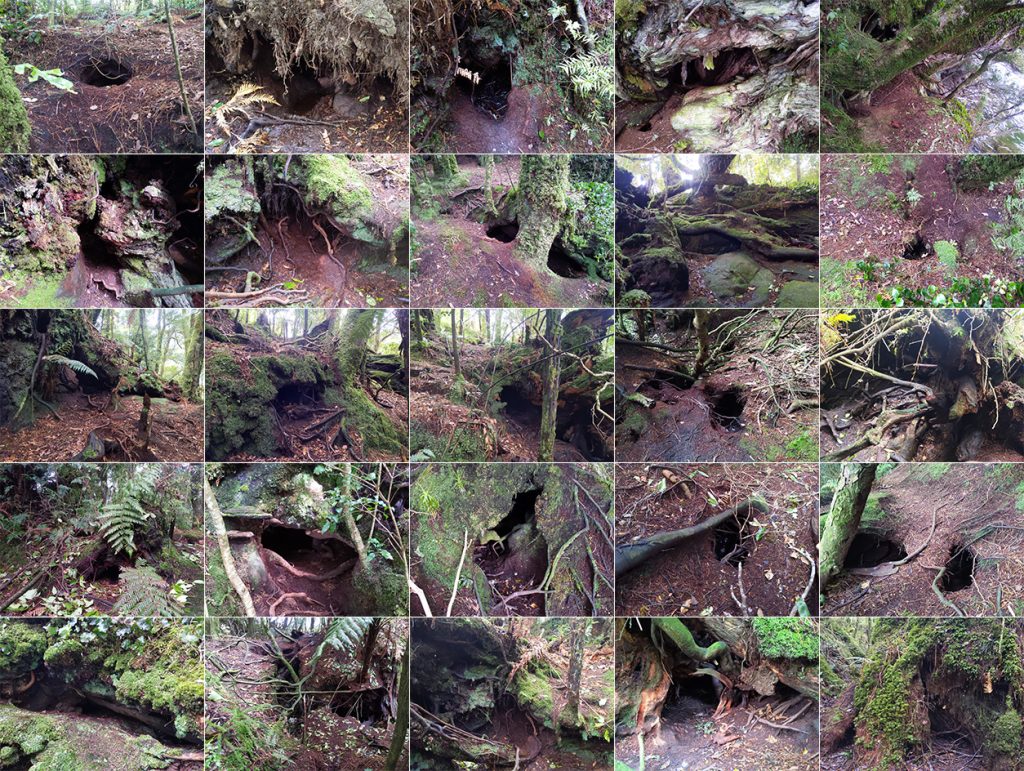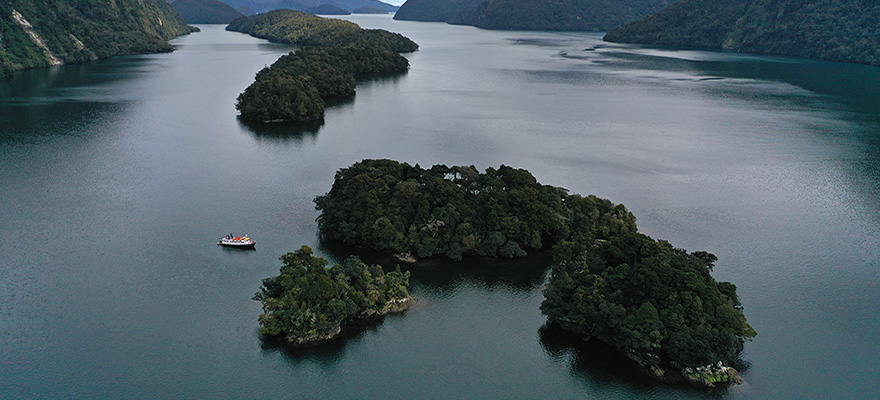Tawaki numbers – increase or previous underestimate?
For the longest time, tawaki have been touted as “the rarest penguin species in the world”. Until recently, the IUCN redlist gave a total world population of tawaki estimate of only 7,000 mature individuals. Yet, survey work carried out by the Tawaki Project but especially Robin Long in the past decade has cast some serious doubts on the validity of this claim. In fact, the IUCN has revised their estimate since to 12,500-50,000 individuals. (Although some still haven’t caught up.)
So what’s up? Are tawaki numbers increasing even though the official assessments still considers the species in decline? Or have tawaki numbers been underestimated previously? To answer this question, we have to look at where the 7,000-individuals-number comes from.
It is based on a series of surveys carried out in the early 1990s. These surveys were primarily financed through the participation of tourists that paid for the privilege to visit some of the remote sites in Fiordland and search for penguins in the process. With tawaki not the easiest bird to find there is certainly the suspicion that search parties consisting primarily of tourists lacked the necessary experience and potentially enthusiasm to crawl into every hole in the ground to see if there are penguins in there.
But then there are the John Islands in Te Puaitaha / Breaksea Sound.

During the 1990s survey, the search parties found a total of 9 nests when searching four of the five islands in the group. So when we stopped at the John Islands on our way to Dusky Sound, we thought we had to look for a bunch of needles in a haystack. Well, turns out, in just a couple of hours we found 43 tawaki nests – more than four times as many as the 1990s survey.

While we often had the suspicion that the inexperience of the search parties back in the day resulted in the low penguin numbers, it seems difficult to imagine that inexperience was behind the low return of just nine nests in the 1990s. You have to walk around blindfolded not to spot the burrow entrances!

So, it would appear that penguin numbers on John Islands at the very least have increased in numbers since the 1990s. That is not to say, that inexperience of the search teams 30 years ago did not contribute to the low population estimate that we stuck with for almost as long. As with everything, it generally is a combination of different factors that determine what we see.




